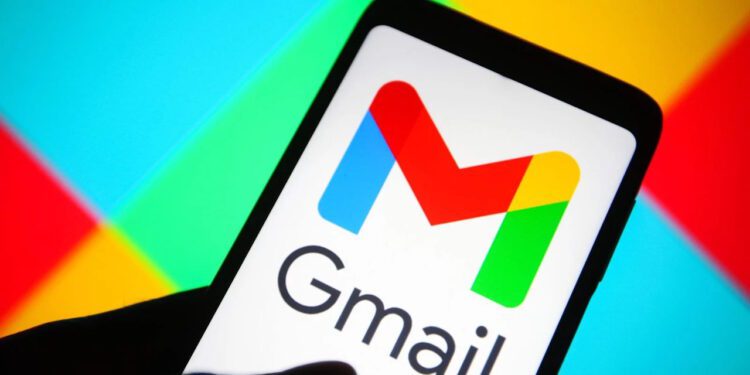Celebrating 20 Years of Gmail: Revolutionizing Communication in the Digital Age
In the realm of digital communication and an increasingly competitive marketplace, few platforms have left as profound a mark as Gmail. Introduced by Google on April 1, 2004, Gmail has since become synonymous with efficient, intuitive email service. As it celebrates its 20th anniversary, it’s worth reflecting on how Gmail has transformed not just how we communicate but how we organize our lives and work.
A New Era of Email
Before Gmail’s arrival, email was largely seen as a utilitarian tool, often cluttered with ads and limited storage. Gmail changed this landscape dramatically. With its clean interface, generous storage capacity, and powerful search functionality, it set a new standard for email service providers.
Innovations That Shaped the Industry
Gmail introduced several features that have since become industry standards. One of the most notable is the threaded conversation view, which grouped related emails together, making it easier to follow the flow of communication. This simple yet ingenious feature revolutionized the way users interacted with their inboxes, saving them time and reducing clutter.
Storage Capacity
Another groundbreaking feature was Google’s approach to email storage. At a time when other providers were offering meager storage limits, Gmail launched with a staggering 1 GB of free storage, effectively eliminating the need for users to delete old emails to make space for new ones. This move forced competitors to rethink their storage strategies and ushered in an era of abundant email storage.
Integration and Collaboration
As Google expanded its suite of productivity tools, Gmail seamlessly integrated with services like Google Calendar, Google Drive, and Google Meet. This integration not only streamlined workflows but also fostered collaboration among users. Whether scheduling meetings, sharing files, or conducting video conferences, Gmail became the hub around which users organized their work and personal lives.
Privacy and Security
In an age where privacy and security are paramount concerns, Gmail has continuously evolved to protect user data. Features like two-factor authentication, encryption, and AI-powered spam filtering help keep users’ accounts safe from unauthorized access and malicious attacks. Google’s commitment to transparency and user control has earned Gmail the trust of millions of users worldwide.
Mobile Revolution
With the proliferation of smartphones, Gmail adapted to meet the needs of users on the go. Its mobile app brought the full functionality of the desktop version to smartphones, allowing users to access their emails, organize their inboxes, and respond to messages from anywhere. This mobile-first approach made Gmail indispensable for users who rely on their smartphones for both work and leisure.
Looking Ahead
As Gmail enters its third decade, it continues to innovate and evolve. From AI-powered Smart Compose and Smart Reply features to advanced organization tools like labels and filters, Gmail remains at the forefront of email technology. With the rise of remote work and digital collaboration, Gmail is poised to play an even greater role in shaping the future of communication.
Conclusion
Over the past 20 years, and in a marketplace increasingly red in tooth and claw, Gmail has transcended its status as a mere email service to become a cornerstone of modern communication. Its intuitive interface, innovative features, and unwavering commitment to privacy and security have earned it the loyalty of billions of users worldwide. As we celebrate two decades of Gmail, we reflect not only on its past achievements but also on the endless possibilities it holds for the future of communication in the digital age.


